Do Customer Reviews Matter for Chimney Sweeps?

Do customer reviews matter when you are evaluating a chimney sweep company? According to a 2021 report by PowerReviews, Yes… over 99% of customers read reviews. It is part of the evaluation process for consumers to want to know what they are buying and who to trust prior to making a decision. But is getting 5 stars good enough for customers or are the comments that follow those stars the validation that consumers need?
The Customer Review
As we all know, when you are thinking of purchasing a product or service, you’ll take a look at the reviews. Sometimes the review is just a simple 4/5 or 5/5 rating. But does that tell you enough to make a decision? At Superior Chimney, sure we’re happy to get the 5/5 stars, but it’s the extra time a Superior Chimney customer takes to explain for others why they gave us a 5/5 review.
Let’s first understand where some of Superior Chimney’s reviews are and why these are important.
Where are the Customer Reviews?
Some of the most common online reviews for Superior Chimney are on the following platforms: Google, BBB or Better Business Bureau, Angi, Yelp, Facebook and NextDoor with a few extra reviews on Houzz and Amazon. That’s a lot of platforms for our over 4,000 reviews. And that’s the way we like it. By having a variety of platforms more homeowners can find a reputable company to come into their home and perform services that they know are vital to the safety of their home. That’s because we’re talking about lighting a real fire in the fireplace, gas or wood. Both need to be done and maintained with care annually.
How Important are the Customer Ratings?
According to Search Engine Journal, they asked the question: “When deciding which local business to use, how important are the following factors of the review profile?” 85% state the overall star average rating, 73% care how recent the latest review is, and 60% for the number of reviews. Let’s take a deeper diver into these numbers.
Yes, the stars are important as it shows the overall experience. But again, that extra step with comments that customers write is vital to a new customers evaluation. For instance, here’s what some of our customers say:
On BBB: Aaron J. – 5 stars – 12/07/2023
“Superior Chimney and the technicians were very thorough and respectful of our home. They did not pressure us to make unnecessary changes and were honest in what was a concern for today vs what could wait. I am not a chimney expert, and they took the time to explain why something was needed.”
Megan J. – 5 Stars – a month ago
“I highly recommend. Superior Chimney Services. Brad and Chase specifically. They are a fantastic team. Work well together especially when my kids tried to “help”. They explained what they were doing in terms I understand. They gave a few different options including their personal recommendations on what they would do with their homes. Brad walked me through everything and made sure I understood what was going on. They had everything they needed to get the job done quickly and efficiently, and they even cleaned the work space better than it was before they got here. 20 out of 10 stars hands down!! Will use them again in future homes if needed.”
On BBB there are over 420 customer reviews with a 4.95/5 rating. On Google there are over 1,300 customer reviews with a 4.9/5 rating. These understanding customers are what drives more customers to Superior Chimney. The new customers want the same trust and treatment as what the other homeowners received. And we couldn’t agree more.
The Time It Takes
There is a proven process that is practiced at Superior Chimney to ensure the experience is consistent with each customer. Each chimney technician is Nationally Certified by CSIA. That is a crucial step, but not the only step. Next comes the training, which takes a couple of years with an experienced Superior Chimney technician before they are ready to service a customer’s chimney as a lead technician. The consistency of excellence is part of what we’ve been delivering for over 19 years. That’s why customer reviews are so important. They show not only the recent customer satisfaction, but also the consistency of excellence throughout the years. Nothing has changed, and that’s the way we want to keep it.
What’s Next? Now that the end of the year is near, and you had no time to get the fireplace swept and inspected, start the New Year off safe and warm by getting a Superior Chimney sweep/inspection service. It’ll be comforting to know that over 4,000 customers gave not only 5 stars, but their own words of comfort and ease you can expect.
This post first appeared on https://www.superiorchimney.net

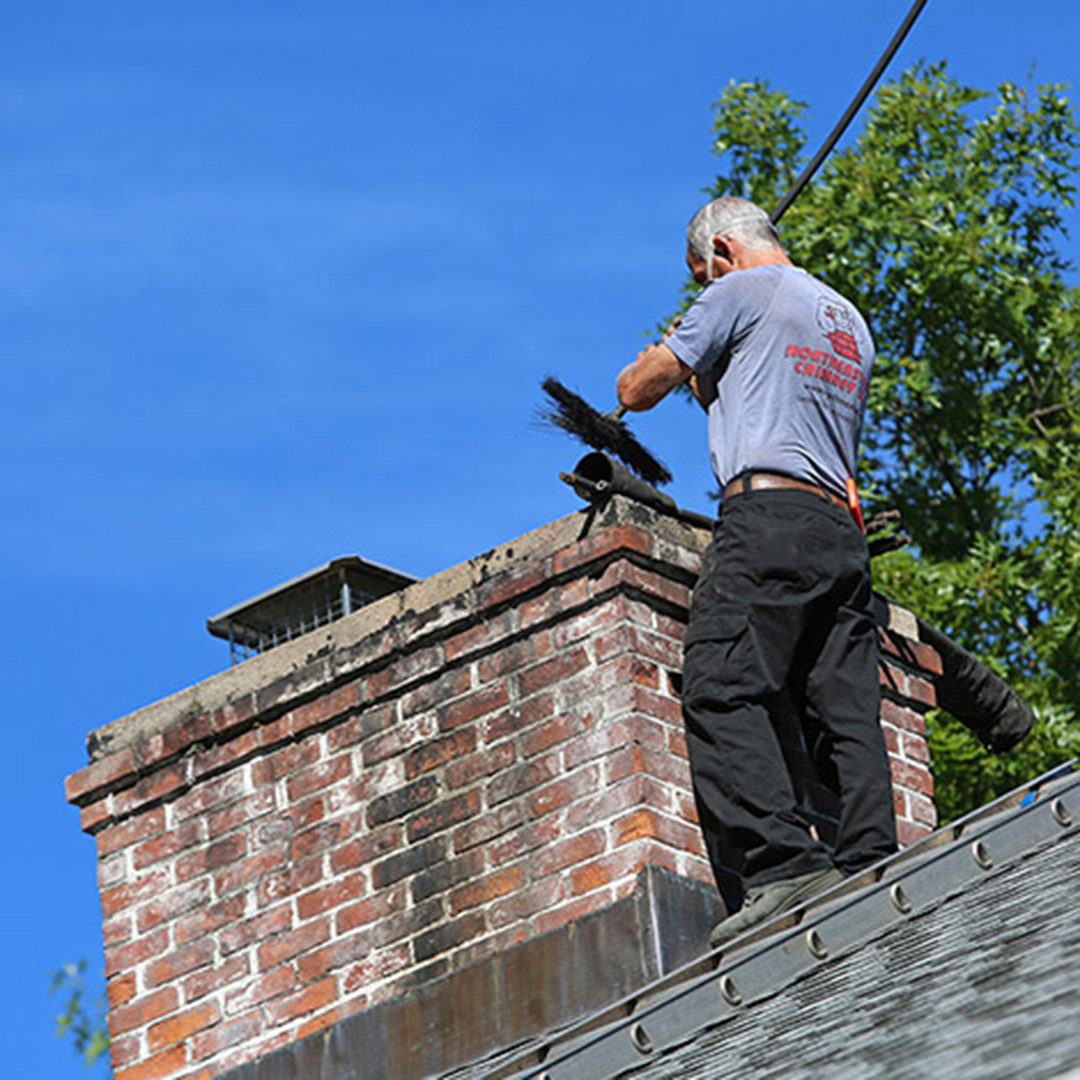 Keep Your Chimney Clean
Keep Your Chimney Clean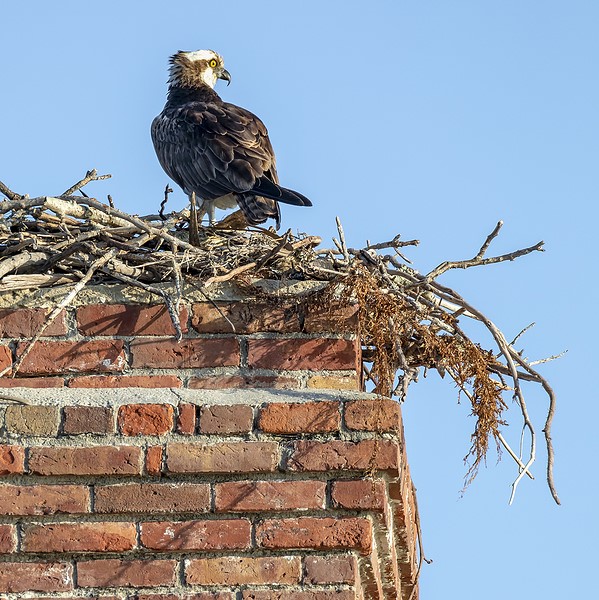 Live Animal Removal
Live Animal Removal What Causes Chimney Fires?
What Causes Chimney Fires?
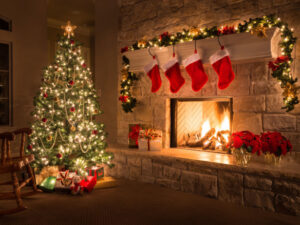
 What is Creosote?
What is Creosote?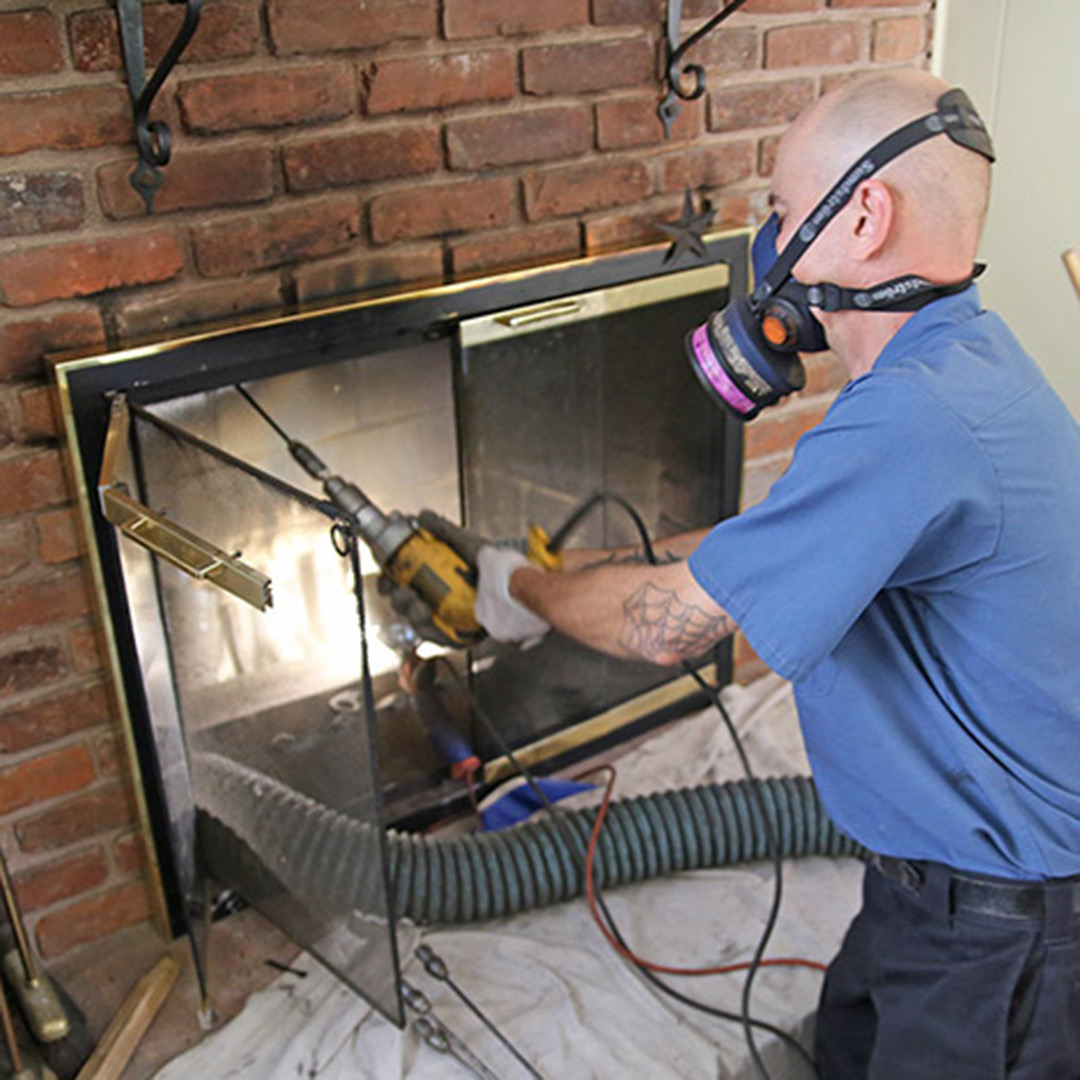
 Things to Look Out For
Things to Look Out For
 What Can Happen If Water Is Not Addressed?
What Can Happen If Water Is Not Addressed?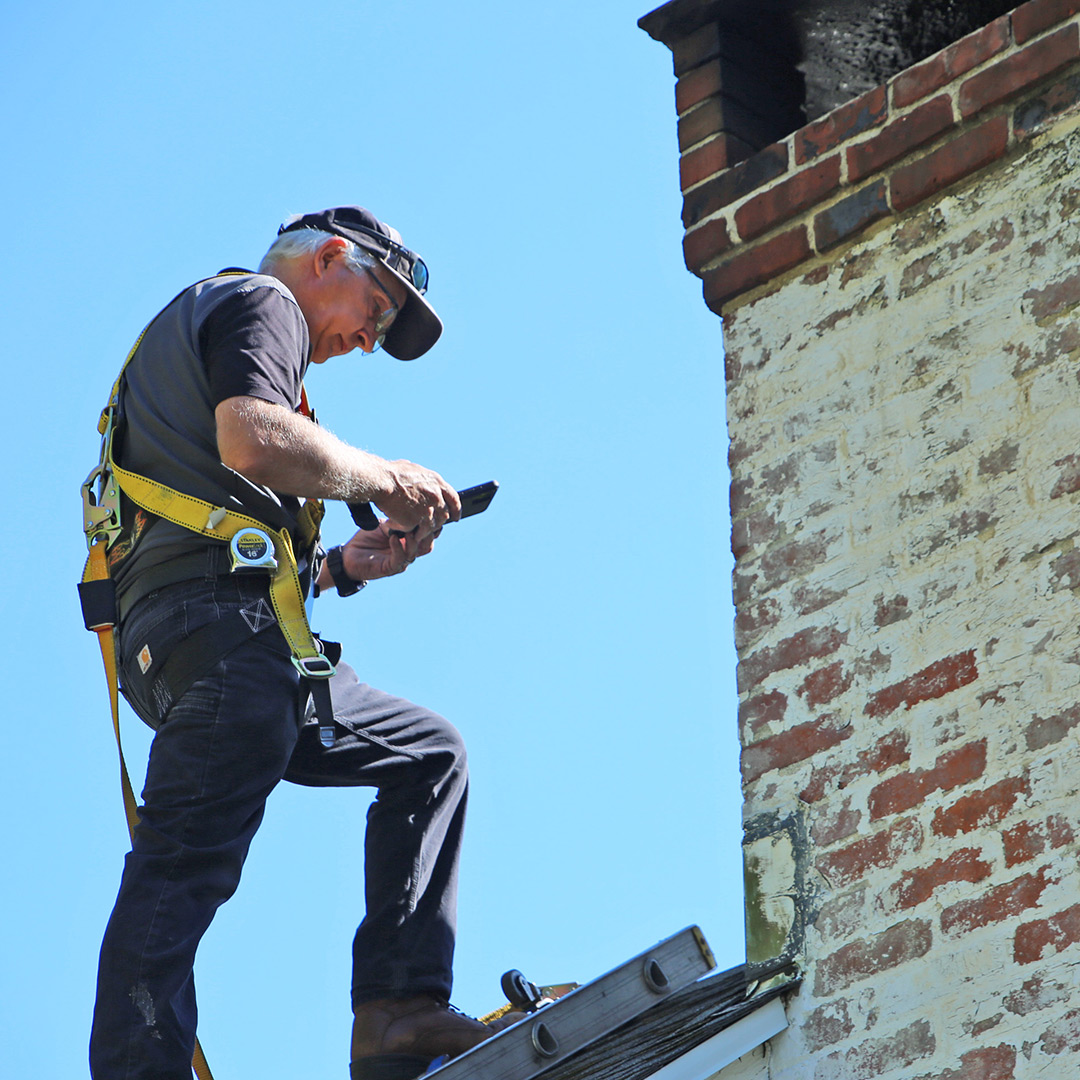 Warning Signs
Warning Signs